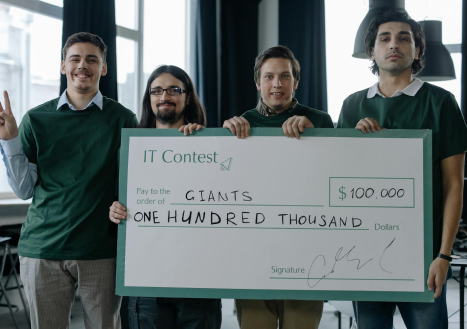updated July 2024
The SNIA NVM Programming Technical Work Group (TWG) was founded to deliver specifications describing the behavior of a common set of software interfaces that provide access to persistent memory (PM),
with the goal to encourage a common ecosystem for PM-enabled software without limiting the ability to innovate. TWG work has completed.
Specifications and SNIA Technical White Papers on an NVM programming model produced by the TWG include:
The Persistent Memory Hardware Threat Model White Paper discusses approaches for securing persistent memory (PM); particularly considering unique characteristics of PM.
This work incldues a threat model and potential responses to threats.
Persistent Memory Atomics and Transactions White Paper describes considerations for supporting atomics and transactions using extensions to the NVM Programming Model specification.
The Non-Volatile Persistent Memory Remote Access for High Availability White Paper explores the requirements that High-Availability extensions to the NVM.PM.FILE mode of the SNIA NVM Programming Model might place on high-speed networking, such as RDMA
The Persistent Memory Atomics and Transactions White Paper describes considerations for supporting atomics and transactions using extensions to the NVM Programming Model specification.
The SNIA Compute, Memory, and Storage Initiative educates the community on the NVM Programming Model with a series of Persistent Memory Programming Tutorials and Hackathons. To date, over 400 software developers have learned to program persistent memory. For more details, visit the Hackathon page.
The SNIA Persistent Memory + Computational Storage Summit features the latest updates on Persistent Memory advances. Visit the Summit page for information on their latest event.
SNIA NVM Programming Technical Work Group Recognitions
At the SNIA 2020 Members Symposium, Andy Rudoff, a member of the SNIA NVM Programming Technical Work Group, was honored for his exceptional leadership.
At the SNIA 2019 Members Symposium, Doug Voigt, Chair of the SNIA NVM Programming Technical Work Group until 2019, was inducted into the SNIA Hall of Fame upon his retirement from HPE. Doug was also honored during the SNIA reception at Flash Memory Summit 2018 for his contributions to the SNIA NVM Programming Model.

At the SNIA 2017 Members Symposium, Doug Voigt from Hewlett Packard Enterprise received the Volunteer of the Year Award for his consistent contributions during 2016 furthering the work of the SNIA Non-Volatile Memory Programming Technical Work Group.
At the SNIA Annual Members' Symposium January 20-23, 2015, the NVM Programming TWG, and its co-chair, Paul von Behren, received the following awards:
THE INDUSTRY IMPACT HONOREE - TIED
Honoree: Paul von Behren (Intel)
Awarded to an individual who has significantly advanced a cause for SNIA leading to an impact on the industry of the Association. This was the second time Mr. von Behren was honored by SNIA for his industry impact contributions (he also was honored in 2013).
MOST SIGNIFICANT IMPACT BY A TECHNICAL WORK GROUP (TWG) OR TASK FORCE HONOR
Recognized Group: NVM Programming TWG
Awarded to the SNIA TWG or Task Force which, above all others in 2014, had members and efforts which consistently stepped up and helped SNIA achieve something new and groundbreaking, or which significantly advanced an existing program.
The NVM Programming Model received the 2015 Professional Storage Development Visionary Award at Storage Visions, the storage conference of the Consumer Electronics Show. Read the press release here.

The NVM Programming Model was the recipient of the 2014 Best of Show Winner at Flash Memory Summit , recognized as the Most Innovative Flash Memory Enterprise Business Application. Read the press release here.
A very interesting introduction and overview of the NVM Programming Model can be found in a presentation given by Andy Rudoff of Intel: "The Impact of the NVM Programming Model".
Audiences for the Model include architects and developers for NVM enabling software and NVM aware operating system components and applications.
For more information, contact askcmsi@snia.org








